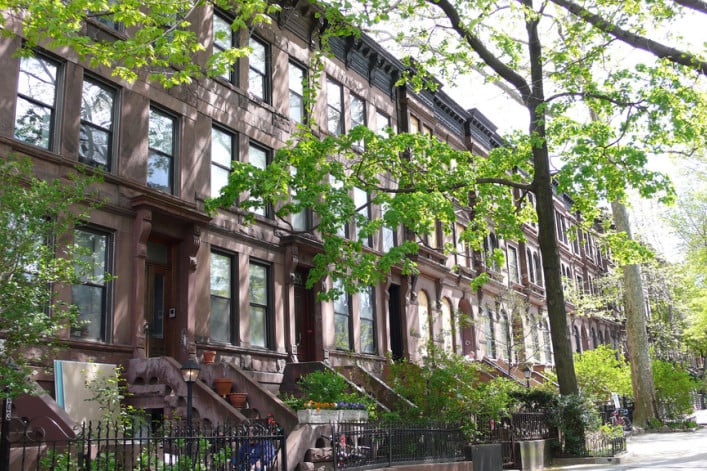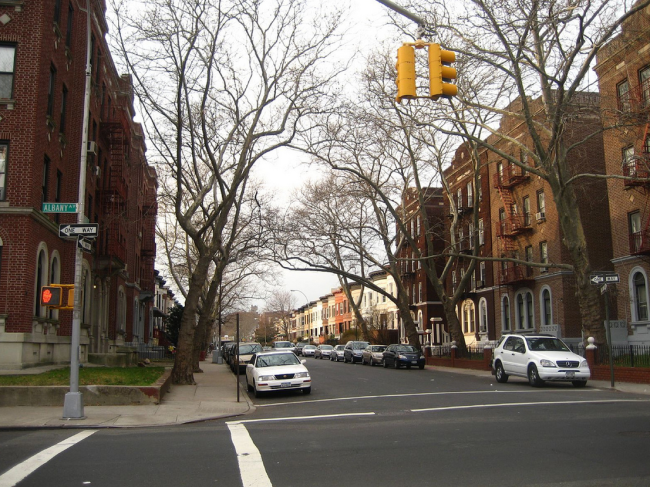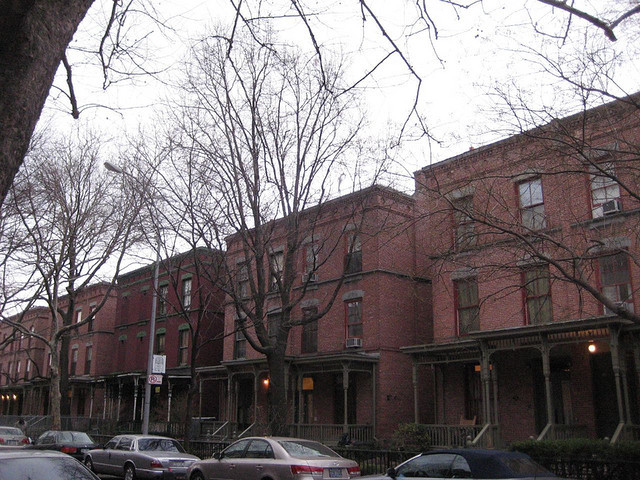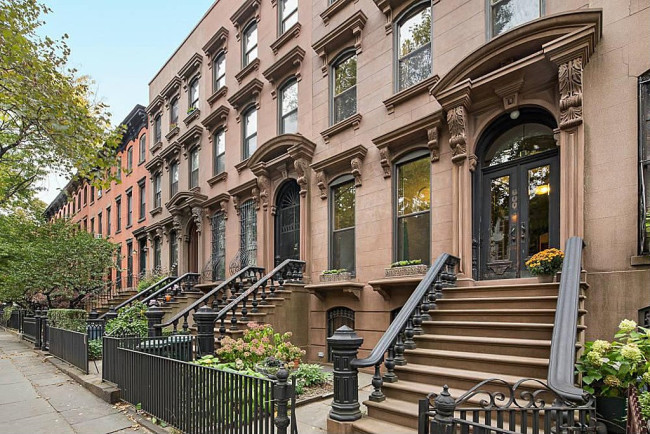This loan program could help owners pay for the steep cost of maintaining a historic townhouse
Though snagging a fixer-upper brownstone is one of the ultimate New York real estate fantasies, it's no secret that to renovate (or even just maintain) a historic home can be an unexpectedly expensive proposition. This is especially true if the home is landmarked, and therefore has to be refurbished to the standards of the Landmarks Preservation Committee.
But as the New YorkTimes reported over the weekend, there's a financing option many historic homeowners may not know about, courtesy of the New York Landmarks Conservancy, a nonprofit that works in tandem with the Landmarks Preservation Commission to assist with the cost of upkeep. With typical loans ranging between $80,000 to $150,000 (and interest rates between three and seven percent), the Conservancy exists to help both longtime owners and recent buyers grappling with unexpected expenses, of which there can be many.
"Additional costs come up that people weren't planning on," Bolster architect Jessica Wetters tells us. (FYI, Bolster is a Brick sponsor.) "If you're in a landmarked district, you will not get a permit until [the LPC] signs off on your drawings. Any upgrades you're doing need to be in line with what the original facade of the house was. For instance, those half-moon windows you see on brownstones are all custom, and they're very expensive. So instead of a $600 window, you're getting a $5,000 window, and costs escalate."
Older homes often need expensive work on the foundation and mechanical systems, adds Wetters, and can come with extra hassles surrounding legal status, for instance if the building is still technically an SRO, or lacks a Certificate of Occupancy. "What I've found is that there's nobody to sort of help people uncover all of this stuff prior to buying the house," Wetter adds.
As it happens, helping homeowners gain expertise is a service the Conservancy also offers, connecting homeowners referrals with experienced architects and contractors who know the ins and outs of working with older buildings. In some cases, the program has even helped the elderly find qualified buyers interested in purchasing their properties and taking over the renovation process.
Andrew Berman of the Greenwich Village Society for Historic Preservation says the program "is fantastic, and really vital." Without loans to help with the renovations, says Berman, the only other option is to file what's known as a hardship application to the Landmarks Preservation Commission, on the basis that you can't afford to renovate your home in accordance with LPC requirements. "You're saying, 'Look, I can't afford to keep up this building anymore, I have to demolish it and replace it with something cheaper,'" says Berman. "Constitutionally, with land use and landmarking the government can't do anything to prevent someone from making a reasonable return on their property."
The program, which began in the 1980s and has given out more than $26 million in loans, primarily operates in the outer boroughs where the need is greater, but any owner of a qualifying historic property within the five boroughs can apply (get details here).
For architectural history buffs, it's comforting to know that if you find yourself in over your head on a restoration project, you're not alone.
You Might Also Like































